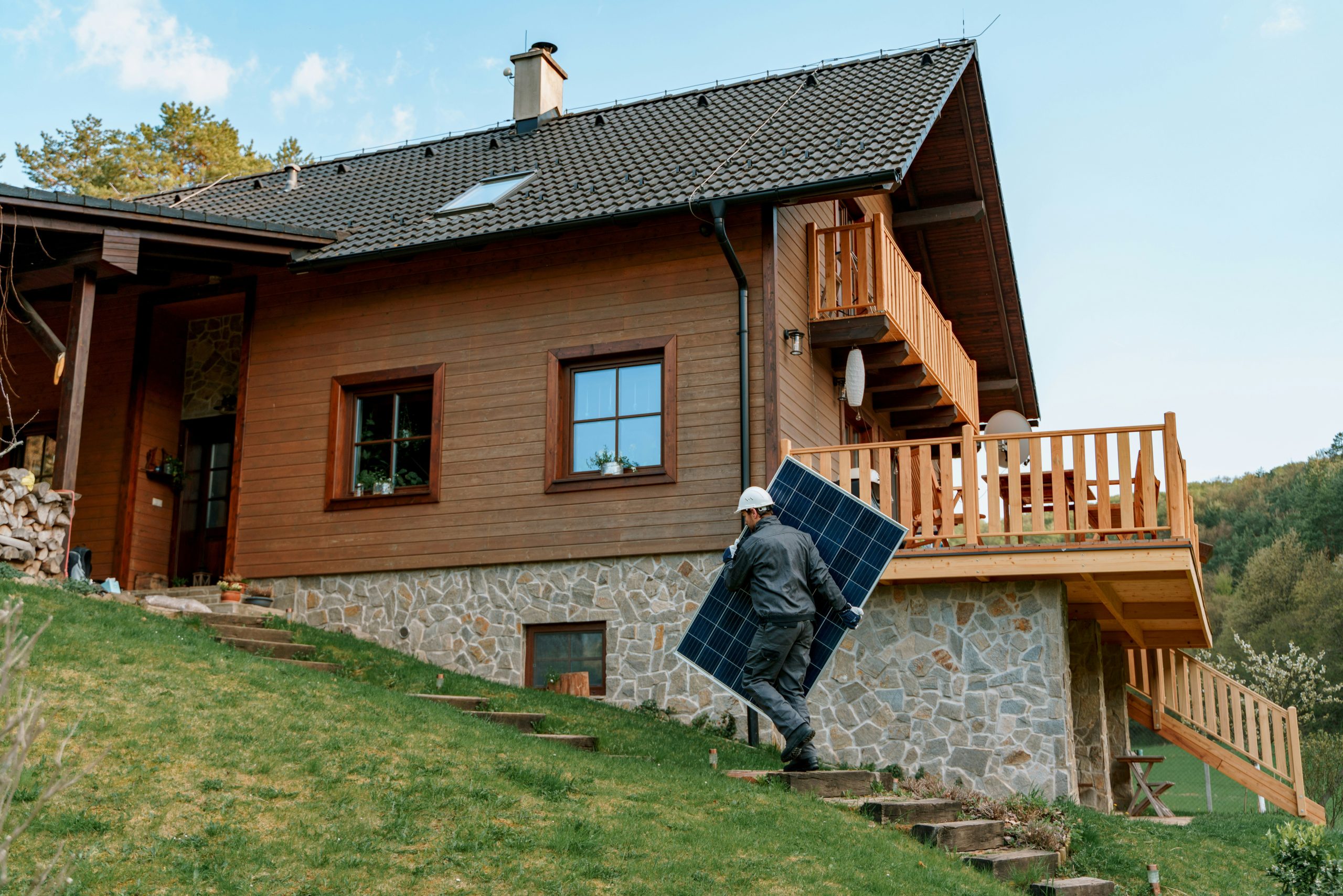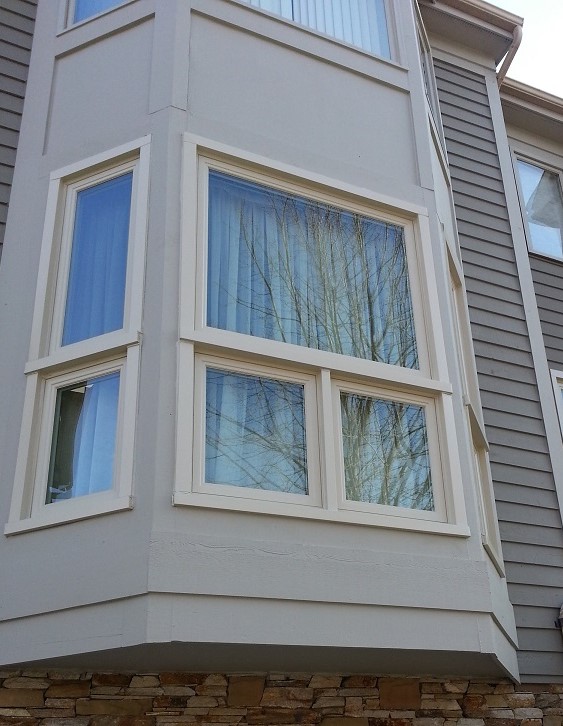In today’s environmentally conscious world, optimizing home energy efficiency isn’t just a trend—it’s a necessity. From the cozy attic to the foundational basement, every corner of your home holds potential for energy-saving improvements. Among the myriad strategies to enhance a home’s energy performance, two standout solutions—energy efficient replacement windows and front door replacement—promise not only to reduce your energy bills but also to boost your home’s aesthetic and comfort levels. This comprehensive guide delves into the transformative impact of these upgrades, alongside other pivotal measures, to empower homeowners in their quest for a greener, more efficient living space.
The Pillars of Home Energy Efficiency
1. Embracing Energy Efficient Replacement Windows
Windows are the eyes to the home’s soul and a critical element in its energy efficiency narrative. Old, leaky windows are notorious for their role in heat loss during winter and heat gain during summer, leading to increased energy consumption and higher utility bills. Investing in energy efficient replacement windows can dramatically alter this dynamic. These windows are designed with advanced technologies like double glazing, low-E coatings, and inert gas fills between panes, which work together to minimize thermal transfer. By making this switch, homeowners can enjoy a significant reduction in energy costs, improved indoor comfort, and a decrease in the carbon footprint of their home. Additionally, the market offers a variety of styles and materials, ensuring that energy efficiency doesn’t come at the expense of aesthetic appeal.
2. The Impact of Front Door Replacement
Another crucial yet often overlooked aspect of a home’s energy efficiency is the front door. An outdated or poorly insulated front door can be a significant source of energy loss, especially if it’s warped or doesn’t seal properly. Front door replacement with a focus on energy efficiency can substantially mitigate this issue. Modern doors are constructed with energy conservation in mind, featuring materials like fiberglass or steel with foam insulation cores. These doors not only enhance your home’s security but also its thermal regulation, contributing to a more energy-efficient and comfortable living environment. Plus, the array of designs available means homeowners can find options that beautifully complement their home’s architecture.
3. Additional Strategies for Enhancing Home Energy Efficiency
- Insulation Upgrades: Proper insulation is the backbone of an energy-efficient home, keeping warm air out during summer and in during winter. Upgrading attic insulation, for instance, can provide an impressive return on investment through reduced heating and cooling costs.
- Sealing Air Leaks: Tiny gaps and cracks around windows, doors, and other entry points can add up to significant energy losses. Sealing these leaks with caulking or weatherstripping is a cost-effective way to enhance your home’s energy efficiency.
- Smart Thermostats: Installing a smart thermostat offers the convenience of automating your home’s heating and cooling, adapting to your schedule and preferences to save energy without sacrificing comfort.
- Energy-Efficient Appliances: Replacing old, energy-hungry appliances with newer, energy-efficient models can lead to substantial savings on your electricity bills and contribute to a lower household carbon footprint.
Implementing Energy Efficiency: Steps to Success
1. Conduct an Energy Audit: The first step towards a more energy-efficient home is understanding where improvements can be made. A professional energy audit can uncover specific areas where your home is losing energy and recommend the most effective upgrades.
2. Prioritize Upgrades: Based on the audit’s findings, prioritize upgrades that offer the best return on investment and energy savings. Typically, energy efficient replacement windows and front door replacement are among the top recommendations, along with insulation and sealing air leaks.
3. Seek Professional Assistance: For significant upgrades like window and door replacements, seeking the expertise of professionals ensures that the products are correctly installed and perform as expected. Look for certified contractors who specialize in energy-efficient installations.
4. Explore Incentives: Many governments and utility companies offer rebates or incentives for homeowners who undertake energy-saving improvements. These can help offset the initial cost of upgrades like energy efficient replacement windows and front door replacements.
Conclusion: The Path to a Greener Home
Elevating your home’s energy efficiency is a journey that not only contributes to a more sustainable planet but also enhances your living space’s comfort and aesthetic appeal. By focusing on key upgrades such as energy efficient replacement windows and front door replacement, alongside complementary strategies like improving insulation and sealing leaks, homeowners can significantly reduce their energy consumption and costs. These improvements not only offer immediate benefits in terms of comfort and savings but also increase the long-term value and appeal of your home. As the world continues to emphasize sustainability, taking steps to improve your home’s energy efficiency is a proactive move towards a greener, more responsible lifestyle. With the right approach and investments, achieving an energy-efficient home is within reach, promising a brighter, more sustainable future.





